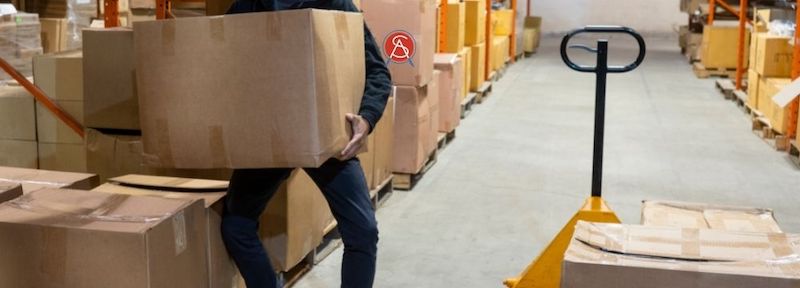
Most patients will realize they have a hernia from the pain and physical bulge associated with the abdominal tissue protruding through the hernia defect. For many, this manifests in a single area of the abdomen, so is it possible to have more than one hernia? The answer is yes, and this is particularly true for inguinal or groin hernias, which affect men far more often than women. As the name suggests, inguinal hernias involve the inguinal canal. We have one on each side of the body. We also know people genetically predisposed to getting an inguinal hernia are more likely to get one in the future – either on one or both sides.
In the past, when hernias were repaired using open techniques, it was comparatively more difficult to repair two hernias on either side of the abdomen. Because of the surgical technology, or lack thereof, we would have to correct one hernia on one side and then move on with new incisions to repair the other. With the advent of laparoscopy, or minimally invasive surgery, and now robotic techniques, we access the abdomen through three small incisions across the abdomen. This allows us to access either side of the abdomen or both, as appropriate.
Diagnosing a Bilateral Hernia
Approximately 25% of men will eventually develop an inguinal hernia but most will never know it. It makes sense when repairing one side we check the other for a hernia defect. Further, one side of the abdomen may be painful while the other has no symptoms, yet both have hernia defects. By checking and ultimately repairing both hernias, we can save patients from having multiple procedures, anesthesia events, and recoveries. Of course, there are times when it is not as advisable to repair both sides, in which case we would schedule a second procedure sometime in the future.
Hernias Elsewhere
Because of the variance in hernia types and locations, it’s not inconceivable more than one hernia type could present itself. For example, an inguinal hernia can coexist with an incisional hernia from another procedure or an umbilical hernia, which is a congenital issue. Again, if the patient suspects they have multiple hernias, this is something to discuss during the consultation, and we can take the safest and most effective approach to repair them together or separately.
There’s often no rhyme or reason behind the development of a hernia. They can happen for several reasons and in virtually any part of the abdomen. The most critical next step is to schedule a consultation with a highly experienced hernia repair surgeon to ensure, whether surgery is needed or not, you are thoroughly evaluated and understand the warning signs of worsening.




